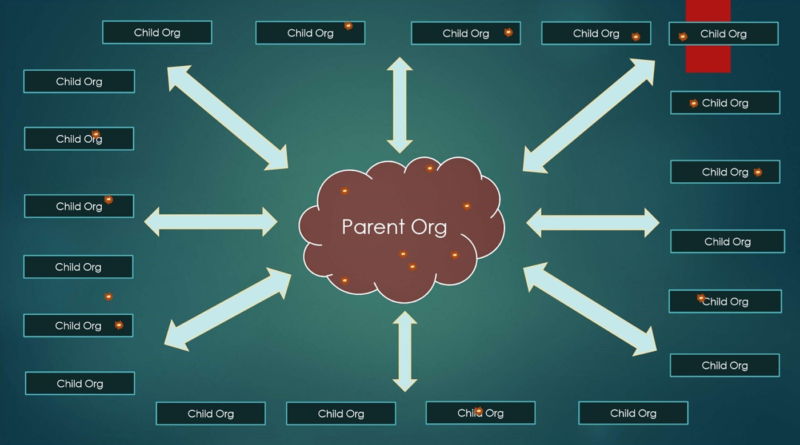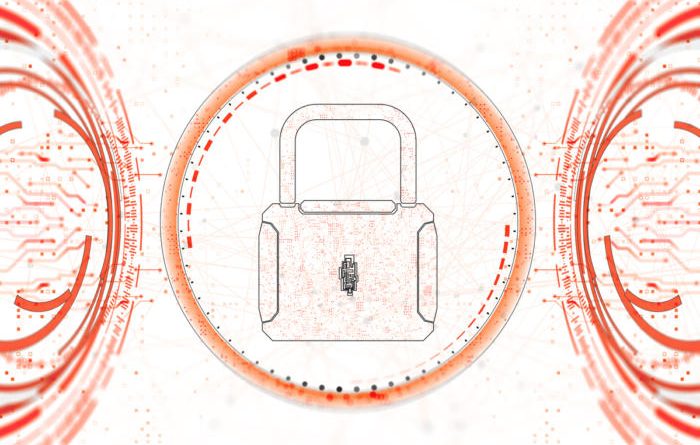Is your enterprise software committing security malpractice?
Back when this blog was dedicated to all things Microsoft I routinely railed against the spying aspects of Windows 10. Well, apparently that’s nothing compared to what enterprise security, analytics, and hardware management tools are doing.An analytics firm called ExtraHop examined the networks of its customers and found that their security and analytic software was quietly uploading information to servers outside of the customer’s network. The company issued a report and warning last week.ExtraHop deliberately chose not to name names in its four examples of enterprise security tools that were sending out data without warning the customer or user. A spokesperson for the company told me via email, “ExtraHop wants the focus of the report to be the trend, which we have observed on multiple occasions and find alarming. Focusing on a specific group would detract from the broader point that this important issue requires more attention from enterprises.”To read this article in full, please click here READ MORE HERE…










